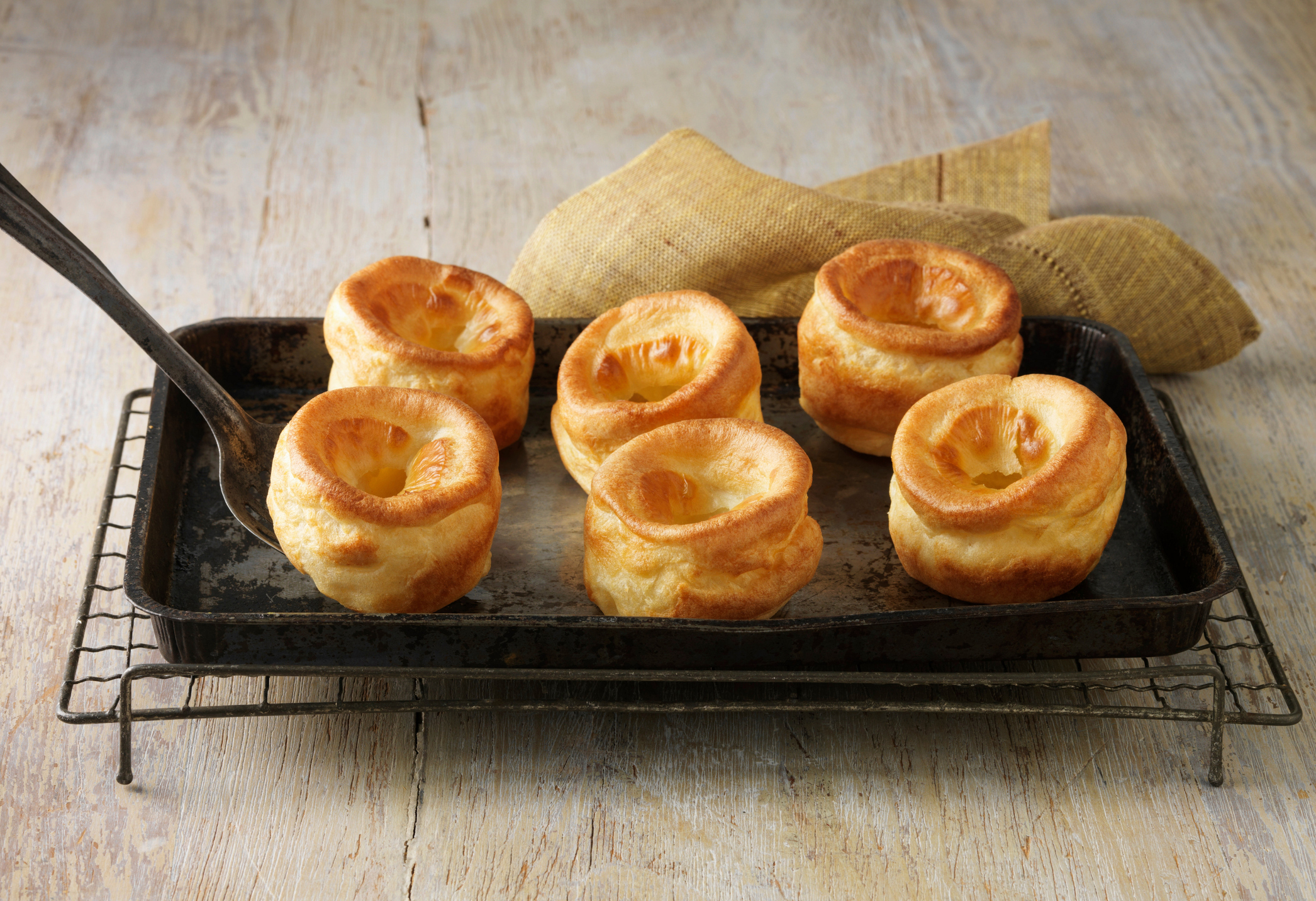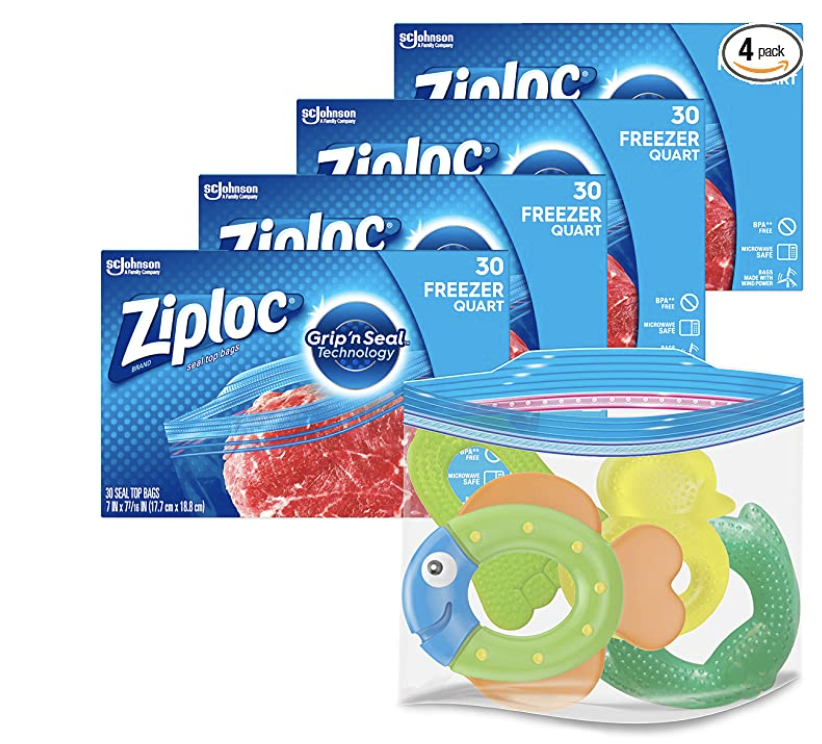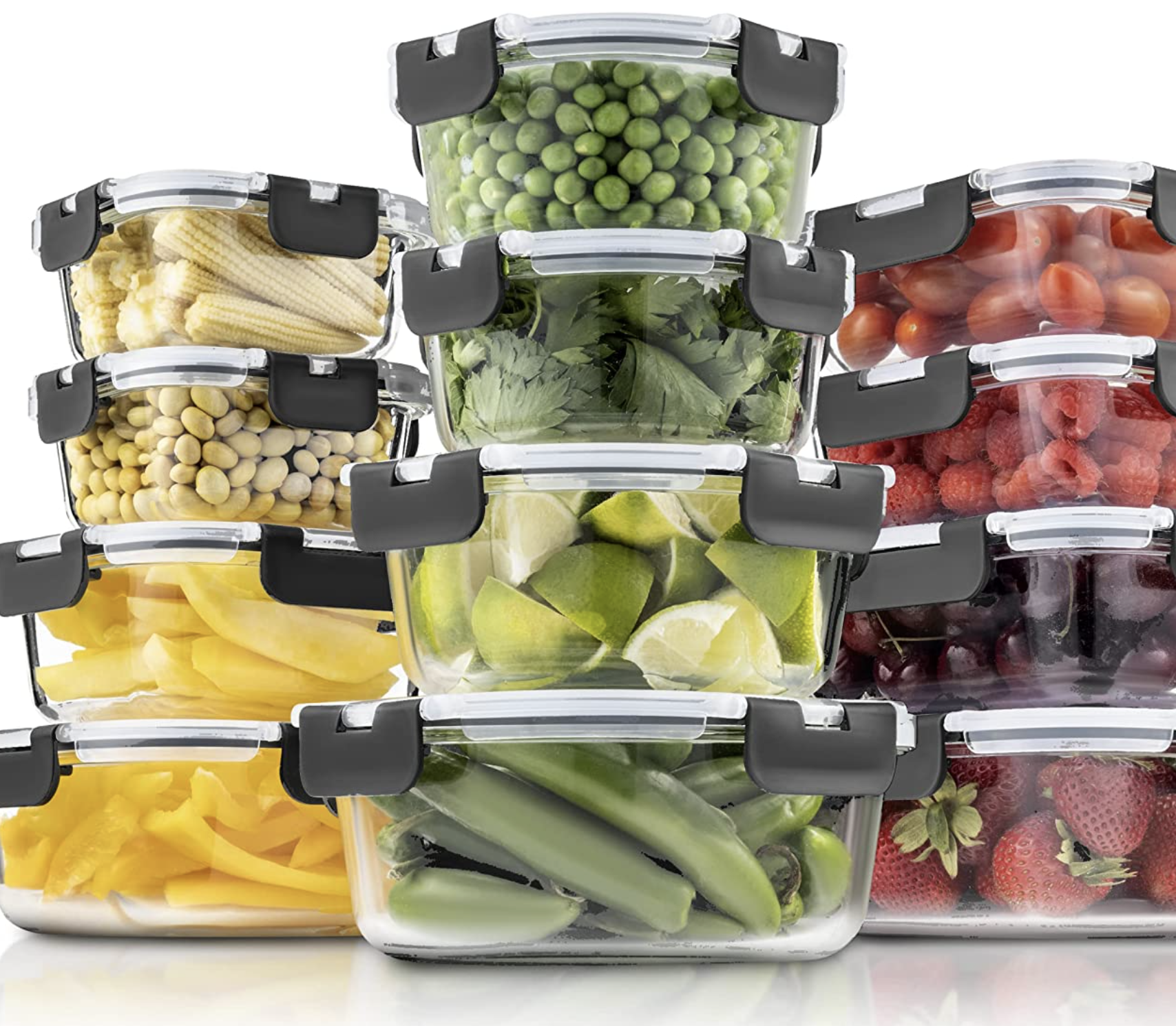How to freeze Yorkshire puddings
Made too many Yorkshire puddings? There’s no need to bin them – you can freeze them easily. In fact, you can even make them to freeze ahead. Here’s how


Freezing Yorkshire puddings means you can not only quickly introduce a whole new dish to your roast dinner in minutes, but you can also cut down on space. Or, you can cook ahead for a big family dinner, freeze your Yorkshire puds, and not have to start from scratch on a day when your efforts are better spent perfecting the meat and potatoes.
Use this simple step by step guide to find out how to freeze Yorkshire puddings for a just-cooked-fresh taste every time.
For more food advice and recipe ideas, you can go to our hub page.
How to freeze Yorkshire puddings
Before you freeze your Yorkshire puddings, you'll need to make space in the freezer. While they will give when fresh if they get a little squashed, once frozen they will break easily if you push other items down on top of them.
1. Allow your Yorkshire puddings to cool
Once the Yorkshire puddings are out of the oven, take them out of the pan they’ve been cooked in and put them on a cooling rack to cool.
2. Transfer them to a freezer bag
Once they are completely cold, transfer them to a freezer bag (or several) that you can seal tightly. Or you can use glass or plastic containers, such as those below, which will stop the puddings from getting squashed.
3. Make space in the freezer
Pop them into the freezer, giving them plenty of space while they freeze to hold their shape. Try to avoid pressing other items down on top of them once they are frozen – they will break and chip easily. Leave them in the freezer for up to a month.
Get small space home decor ideas, celeb inspiration, DIY tips and more, straight to your inbox!
4. Get ready to reheat
When you’re ready to cook them, they can simply be popped in a hot oven straight from the freezer and warmed through – this step should only take three or four minutes. If they come out a little dry, next time spray them with a light vegetable before putting them in the oven – but this time, smother them with gravy.
FAQs
How long will Yorkshire puddings keep?
If you're not freezing yours, Yorkshire puddings will be fine in the fridge for two days; they'll only take a few seconds to reheat from chilled. If you are freezing your Yorkshires, they'll keep in the freezer for up to a month. However you store them, make sure they're in an airtight container.
You can cook frozen Yorkshire puddings without defrosting them – but make sure to put them into a really hot oven (around 390℉) for just 5 minutes or they will over-cook.

Lindsey is Editor of Realhomes.com and Editor in Chief for Home Ecommerce at Future. She is here to give you aspirational, yet attainable ideas for your home and works with her team to help you get the best buys, too. She has written about homes and interiors for the best part of a decade for brands including Homes & Gardens, Ideal Home and Gardeningetc and isn't afraid to take the inspiration she finds at work into her own space – a Victorian terrace which she has been (slowly) remodelling for the last eight years. She is happiest sipping a cup of tea with a cat on her lap (if only she had a cat).

